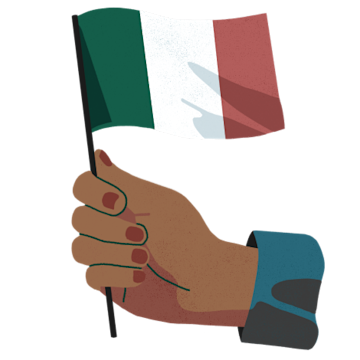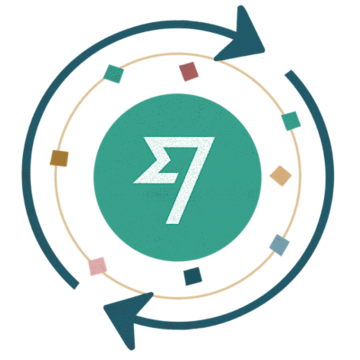
Moving to Milan: Essential Guide for Expats in 2024
Milan's vibrant expat community continues to grow, attracting professionals, students, and entrepreneurs from around the world. This comprehensive guide covers everything you need to know about relocating to this dynamic Italian city.

Hand holding Italian flag against sky
Renting in Milan follows three main agreement types:
- Freely negotiated (4+4): Four-year contracts with negotiable prices, renewable for another four years
- Regulated (3+2): Three-year contracts with association-set prices, extendable for two years
- Short-term: Maximum 18-month contracts, ideal for students and temporary residents
When buying property, expect these costs:
- Real estate agency commission (3%)
- Land registration tax (2% for first homes, 9% for second homes)
- Fixed mortgage tax (€50)
- Fixed stamp duty (€50)
- Variable notary fees

Wise app circular logo with arrow
Top neighborhoods for expats:
- Navigli: Historic canals, vibrant nightlife
- Tortona: Creative district, art galleries
- Corso Sempione: Elegant residential area
- Isola: Traditional meets modern
- Porta Nuova/Garibaldi: Business district
- Porta Romana: Safe, well-connected residential area
- Città Studi: University district
Education options include prestigious institutions:
- Politecnico di Milano: Technical excellence
- University of Milan: Comprehensive public university
- Bocconi University: World-renowned business school
- NABA: Leading arts and design academy
Cultural differences to note:
- Work-focused environment
- Merit-based opportunities
- European lifestyle
- Inclusive atmosphere
- International outlook

Smartphone with credit card payment
Milan's healthcare system provides both public and private options, with high-quality medical care available throughout the city. The public transport network is efficient, connecting all major districts through metro, tram, and bus services.
Living costs in Milan are higher than in other Italian cities, particularly for housing and entertainment. However, salaries tend to be correspondingly higher, especially in professional sectors.
For successful integration, basic Italian language skills are recommended, though English is widely used in business and tourism sectors. The city's international character makes it relatively easy for expats to adapt while maintaining connections to their home cultures.
Related Articles

Complete Guide: Living as an Expat in Hamburg, Germany
